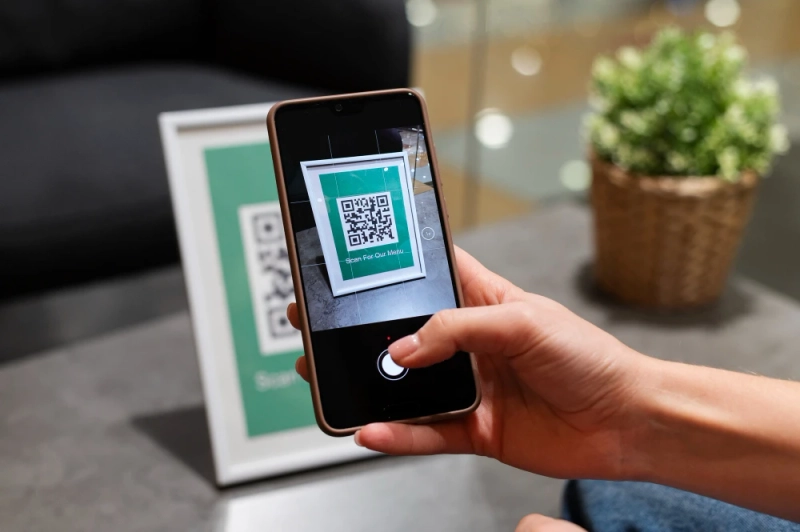You’ve probably scanned a QR code today without even thinking about it—whether to view a restaurant menu, make a payment, or follow a product link. Have you ever thought about what a QR code is and how it actually functions?"
In this blog, we’re diving deep into the world of QR codes, how they work, their benefits and limitations, and why tools like QR code scanners and QR code readers in India are more relevant than ever before.
What is a QR Code?
QR stands for Quick Response. A QR code is a kind of two-dimensional barcode that keeps data in a pattern of black squares on a white background. Unlike regular barcodes that can only be scanned in one direction, QR codes can be scanned both horizontally and vertically, which means they c hold a lot more information.
First invented in Japan in the 1990s by Denso Wave (a Toyota subsidiary), QR codes were initially used in manufacturing. Today, they’re everywhere—from billboards and packaging to digital payments and ticketing.
How Do QR Codes Work?
A QR code scanner reads the pattern of squares using the camera of a smartphone or a special QR code reader device. Here's what happens step-by-step:
The device identifies the three position markers located in the corners.
It reads the code and converts it into binary data.
That data is then decoded into meaningful information—like a URL, text, or payment instruction.
With wide web printers in India, businesses can now print QR codes efficiently on a range of materials and packaging types, ensuring better visibility and functionality at scale.
Popular Uses of QR Codes Today
QR codes are not just for payments. Here are some popular use cases that span industries:
-Retail & Packaging: Scan for product info or promotional offers.
-Healthcare: Patient records and medicine tracking.
-Restaurants: Digital menus and ordering.
-Education: Access to learning materials or test links.
-Event Management: Ticket validation and guest check-ins.
-Marketing: Connect print campaigns with digital experiences.
In India, the rise of QR code readers and scanners has made this tech accessible across urban and rural settings alike.
Advantages of Using QR Codes
Let’s look at some of the real-world advantages that make QR codes so widely adopted:
✅ Instant Access to Information
Users can scan and get information instantly—no typing, no hassle.
✅ Contactless and Safe
Perfect for post-pandemic needs, enabling hygienic transactions and interactions.
✅ Cost-Effective for Businesses
Creating and printing QR codes is cheap—especially with wide web printers India offering mass printing options for packaging and labels.
✅ Trackable for Analytics
You can monitor how many users scanned your code, where, and when—ideal for marketing.
✅ Multifunctional
They can link to videos, websites, documents, apps, and even Wi-Fi networks.
Disadvantages of QR Codes
While QR codes are great, they’re not flawless:
❌ Require Internet Connection
Most QR codes link to online content, so no internet = no access.
❌ Need a Camera-Enabled Device
If a user doesn’t have a smartphone or a QR code reader, scanning isn’t possible.
❌ Security Concerns
Malicious QR codes can lead to phishing sites or unsafe downloads. Always be cautious before scanning unfamiliar codes.
❌ Design Can Affect Functionality
Over-stylized QR codes may not scan well, especially if printed poorly.
Conclusion: QR Codes Are the Future—If Used Smartly
In a world that’s fast, digital, and data-driven, QR codes are more than just black-and-white squares—they’re powerful gateways to information. Their ease of use, versatility, and affordability make them ideal for businesses, governments, and individuals alike.
Whether you're using QR code readers in India, scanning with your smartphone, or printing them through wide web printers, one thing’s clear: QR codes are here to stay.
Just remember to use them smartly and securely, and they can be your best tool to bridge the physical and digital world—one scan at a time.



